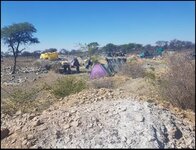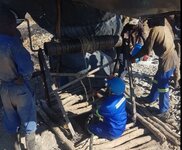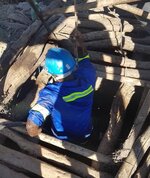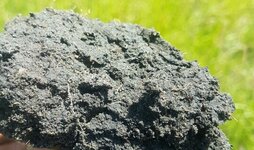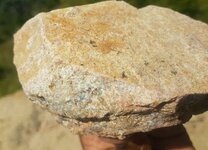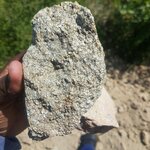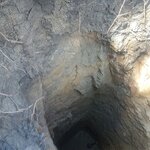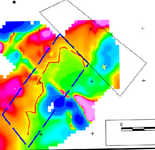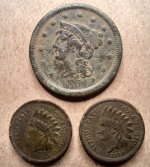rios
19 hours ago
I am starting a new gold mining project in Zimbabwe. I have contacted a Geologist and Geophysicist who did a Magnetic Survey on the target area. He also did a Resistivity and I.P. Survey. No other method was used and one has to dig 8 meters into mudstone to get to rocks of any kind as there are no out-crops. There are people mining near the area and his interpretations were also based on information he got from shafts dug by the other people nearby.
He tells me to be more sure it would be prudent to diamond-core-drill ten 60 meter holes along the target area which would cost US$48,000 at US$80/meter.
If I sink one 60-meter shaft in one of the positions identified by the surveys, it would cost me less than $20,000 to do so including buying the equipment and paying laborers.
As an artisanal miner would it not make sense for me just sink a shaft and hope, because generally, people mining within 200-meter radius of this area are getting very high yields of gold, more than 100g/ton sometimes? The hope would be the reef is basically the same as it is the same greenstone belt.
I have attached a report with pictures and diagrams that further explain the results. How much can I rely on the three methods of survey results?
19 hours ago
I am starting a new gold mining project in Zimbabwe. I have contacted a Geologist and Geophysicist who did a Magnetic Survey on the target area. He also did a Resistivity and I.P. Survey. No other method was used and one has to dig 8 meters into mudstone to get to rocks of any kind as there are no out-crops. There are people mining near the area and his interpretations were also based on information he got from shafts dug by the other people nearby.
He tells me to be more sure it would be prudent to diamond-core-drill ten 60 meter holes along the target area which would cost US$48,000 at US$80/meter.
If I sink one 60-meter shaft in one of the positions identified by the surveys, it would cost me less than $20,000 to do so including buying the equipment and paying laborers.
As an artisanal miner would it not make sense for me just sink a shaft and hope, because generally, people mining within 200-meter radius of this area are getting very high yields of gold, more than 100g/ton sometimes? The hope would be the reef is basically the same as it is the same greenstone belt.
I have attached a report with pictures and diagrams that further explain the results. How much can I rely on the three methods of survey results?


